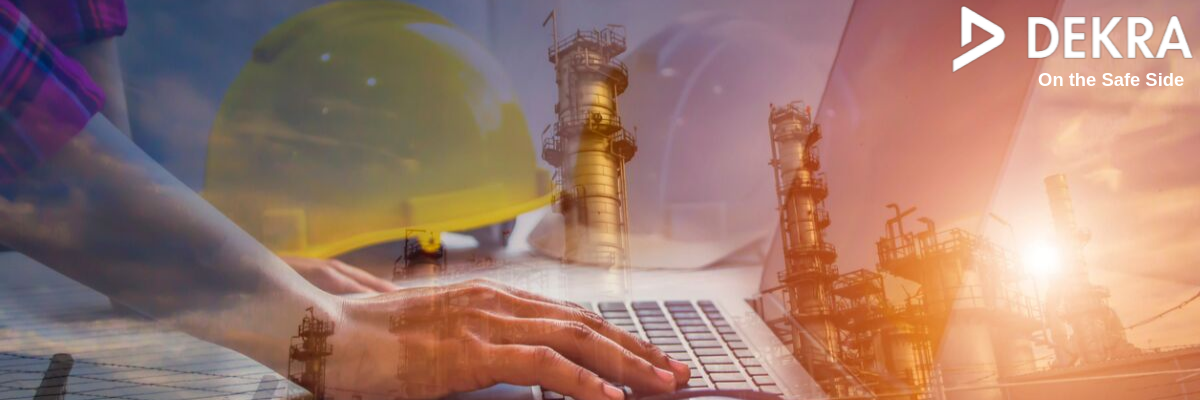Network! Network! Network! We're encouraged to network with others in safety whether it's over social media or at safety conferences. But what if networking isn’t really your thing. Maybe you don't where to begin or you're an introvert and uncomfortable with approaching strangers. What if you're the opposite and are extremely curious, friendly, outspoken, but find yourself not finding a lot of value out of the conversations you have with others? Often people need help navigating their interactions to have richer, valuable conversations.
Creating safety improvement and moving the workplace safety culture forward often depends on learning from others’ safety consulting experiences. Through the SaferTogether initiative, DEKRA Insight legacy company Behavioral Science Technology (BST) is dedicated to building communities of safety-conscious leaders and organizations who come together to support safety in the workplace and beyond.
Here are four ways how networking can immediately impact safety performance:
1.) It's learning from THE source.
You may learn key concepts and practical applications from online articles or conference sessions, but getting firsthand experience from ""someone's who's been there"" is invaluable. No matter what you read or what workshops you attend, always try to get further discussion from either the presenter, another attendee, or the article's author. Comment on online articles with questions you have. Connect with safety experts on social media. People will be honest and appreciative that you're connecting with them and asking for their opinion.
2.) It's benchmarking where you stand.
We humans are notoriously poor at objectively judging our own performance, and safety is no exception. People overlook or often think that benchmarks are not important if the safety process is doing well. There's often an assumption that benchmarks conducted years ago remain the same. How do you really know where your safety improvement efforts are if you don't hear how other organizations in the same industry are doing? When you compare notes with others on safety processes and systems, you may find there is room for improvement and innovation in your organization.
3.) It's an opportunity for unbiased opinions.
Is your site experiencing new barriers and challenges to elements in the safety process? Outside input and feedback is always encouraged for situations like these. Seek out someone in the same industry or someone that shares the same issues, and collaborate on ideas for improvement. If you can't find someone in your search online, work with your supervisor or close colleague to create a post in an online forum or safety community on LinkedIn. Someone not familiar with your organization and your safety process is sometimes the best source for offering recommendations on what to try next.
4.) It presents you as a safety leader.
Whether you're presenting a solution or asking for recommendations, engaging in conversation for safety improvement helps present you as a safety leader in your industry. You're passionate about your work and are putting forth an effort in improving safety, and people will recognize this in your communications. By actively networking and sharing your story, you'll have a higher chance to be on the receiving end of networking requests.
Are you part of an online safety group? Do you attend safety workshops or conferences often? Safety webinars? Why do you think networking is critical for safety improvement?

